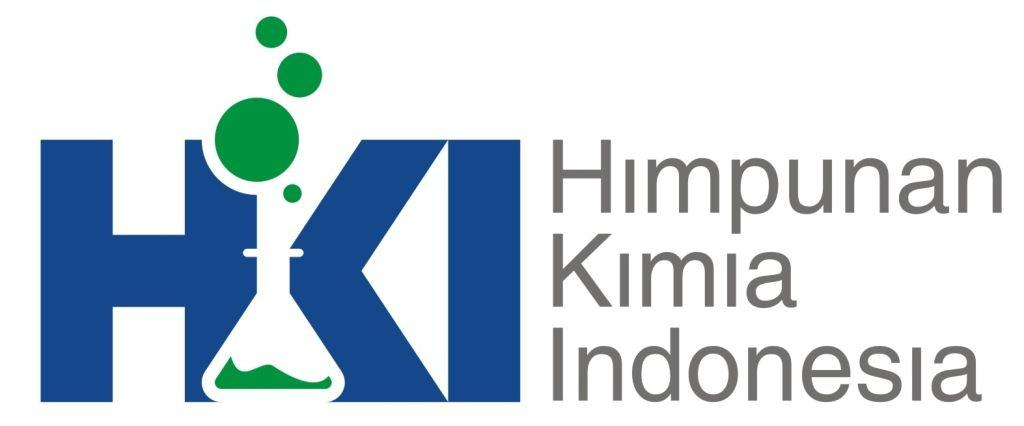Aplikasi Metode SDS-PAGE (Sodium Dodecyl Sulphate Poly Acrylamide Gel Electrophoresis) untuk Mengidentifikasi Sumber Asal Gelatin pada Kapsul Keras
Abstract
Gelatin as the main ingredient of capsules is still a problem for a moslem. Most of gelatin production remains largely derived from non-halal materials. One of gelatin source is came from collagen of the skin and bones of bovine or pork. The main of study is determine the source of gelatin used in hard capsules by using SDS-PAGE (Sodium Dodecyl Sulphate Gel electrophoresis Poly Acrylamide) method. In the early stages, optimization of standards bovine and pork gelatin were hydrolyzed by pepsin at pH 4.5 and 60°C for 1 hour, 2 hours, and 3 hours. Gelatin hydrolyzateswere analyzed by SDS-PAGE to determine the optimal hydrolysis time. Identification of gelatin hydrolyzate fragments were carried by molecular weight. Hydrolysis time optimization throught applied to identify the source of hard gelatin capsules in the samples obtained from market and compared with the simulation of hard gelatin capsules. The results showed there were of specific bands of bovine gelatin with a molecular weight of 11,4 kDa; 34 kDa; 47kDa and specific bands of pork gelatin with a molecular weight of 24.7 kDa; 28 kDa; and 60 kDa. Similar results were obtained on a sample of hard capsules with bands of protein fragments that were identical to bovine gelatinstandard. Based on the results,each of the samples were tested contain of bovine gelatin respectively.
Keywords
References
al-Janabi J, JA Hartsuck, et al. 1972. Kinetics and mechanism of pepsinogen activation. J Biol Chem. 247: 4628-32.
Azira, T., Amin. I., and Che Man, Y. B., 2012. Differentiation of bovine and porcine gelatins in processed products via Sodium Dodecyl Sulphate-Polyacrylamide Gel Electrophoresis (SDS-PAGE) and principal component analysis (PCA) techniques. International Food Research Journal 19 (3): 1175-1180.
Gorgieva, S., Kokol, V. 2011. Collagen- vs. Gelatine-Based Biomaterials and Their Biocompatibility: Review and Perspectives, Biomaterials Applications for Nanomedicine, Prof. Rosario Pignatello (Ed.), ISBN: 978-953-307-661-4.
Guo T, Zhao J, Chang J, Ding Z, Hong H, Chen J, Zhang J. 2006. Porous chitosan gelatin scaffold containing plasmid DNA encoding transforming growth factor-α1 for chrondrocytes proliferation. Biomaterials. 27(7): 1095-1103.
Hafidz RN, Yaakob CM, Amin I, Noorfaizan A. 2011. Chemical and functional properties of bovine and porcine skin gelatin. International Food Research Journal. 18: 813-817.
Hashim DM, Che Man YB, Norakasha R, Shuhaimi M, Salmah Y, Syahariza YB. 2010. Potential use of fourier transform infrared spectroscopy for differentiation of bovine and porcine gelatins. Food Chemistry. 118: 856–860.
Hames BD. 1998. Gel Electrophoresis of Proteins. New York (USA): Oxford university press.
Hermanto S, Sumarlin LO, FatimahW. 2013. Differentiation of bovine and porcine gelatin based on spectroscopic and electrophoretic analysis. Journal food pharmaceutical sciences. 68-73.
Hidaka S, SY Liu. 2002. Effect of gelatins on calcium phosphate precipitation: a possible application for distinguishing bovine bone gelatin from porcine skin gelatin. Journal of Food Composition and AnalysisI. 16: 477-483.
James MN, AR Sielecki. 1986. Molecular structure of an aspartic proteinase zymogen, porcine pepsinogen, at 1.8 A resolution. Nature. 319(6048): 33-8.
Jaswir, I. 2007. Memahami Gelatin, didownload dari www.beritaiptek.com, 7 Juni 2012.
Nemati M, Oveisi MR, Abdollahi H, Sabzevari O. 2004. Differentiation of bovine and porcine gelatins using principal component analysis. Journal of Pharmaceutical and Biomedical Analysis. 34: 485-492.
Venien A, Levieux D. 2005. Differentiation of bovine from porcine gelatins using polyclonal anti-peptide antibodies in indirect and competitive indirect ELISA. Journal of Pharmaceutical and Biomedical Analysis I. 39: 418–424.
Wu Y, Kaveti S. 2006. Extensive deuterium back-exchange in certain immobilized pepsin columns used for H/D exchange mass spectrometry. Anal Chem 78: 1719-23.
Zhang GF, Liu T, Wang Q, Lei JD, Ma GH, Su ZG. 2008. Identification of marker peptides in digested gelatins by high performance liquid chromatography/mass spectrometry. Chinese Journal of Analytical Chemistry. 36: 1499–504.
DOI: 10.15408/jkv.v0i0.3150
Refbacks
- There are currently no refbacks.
Copyright (c) 2019 Sandra Hermanto, Fahrur Rahman Saputra, Zilhadia .

This work is licensed under a Creative Commons Attribution-ShareAlike 4.0 International License.

